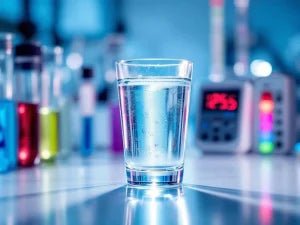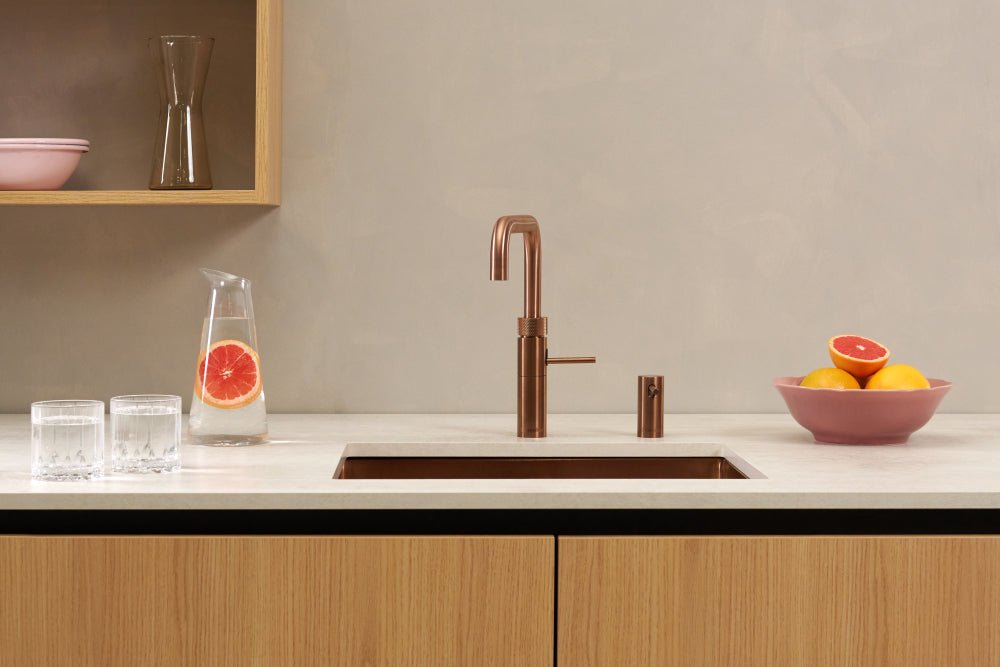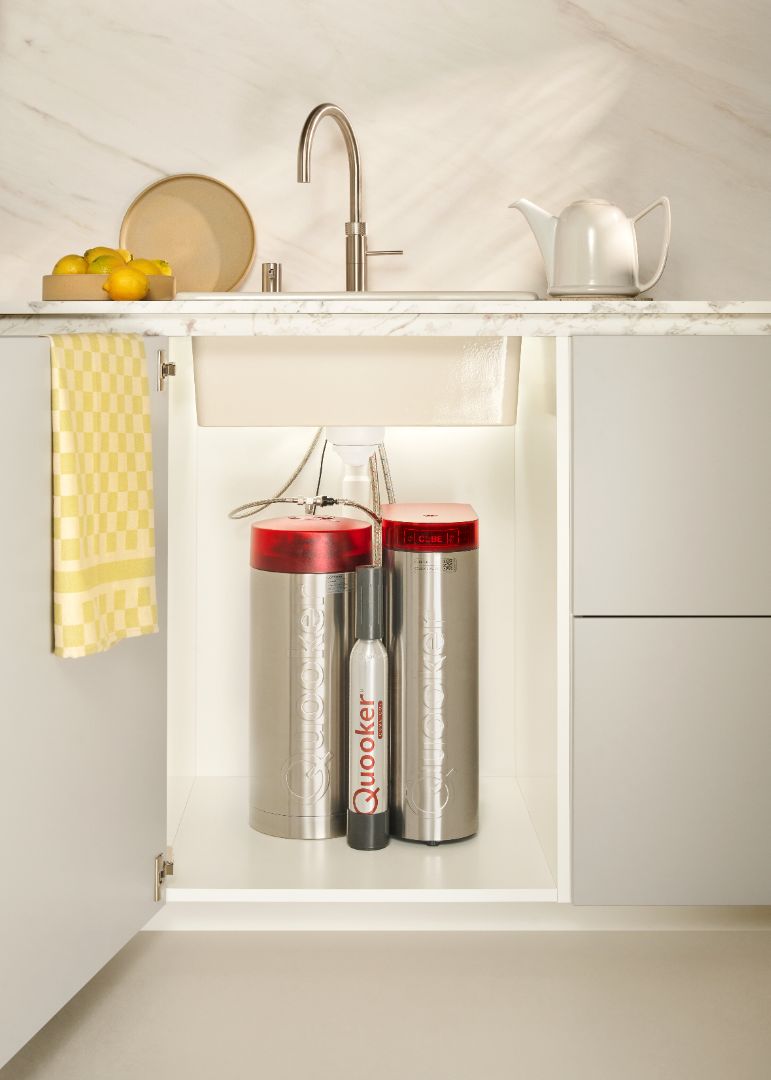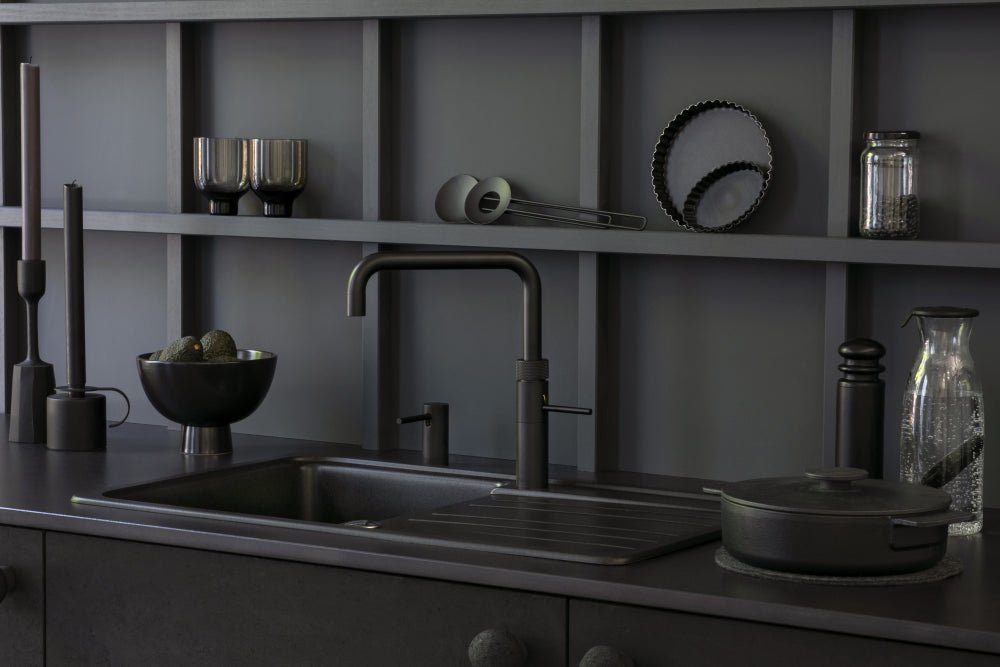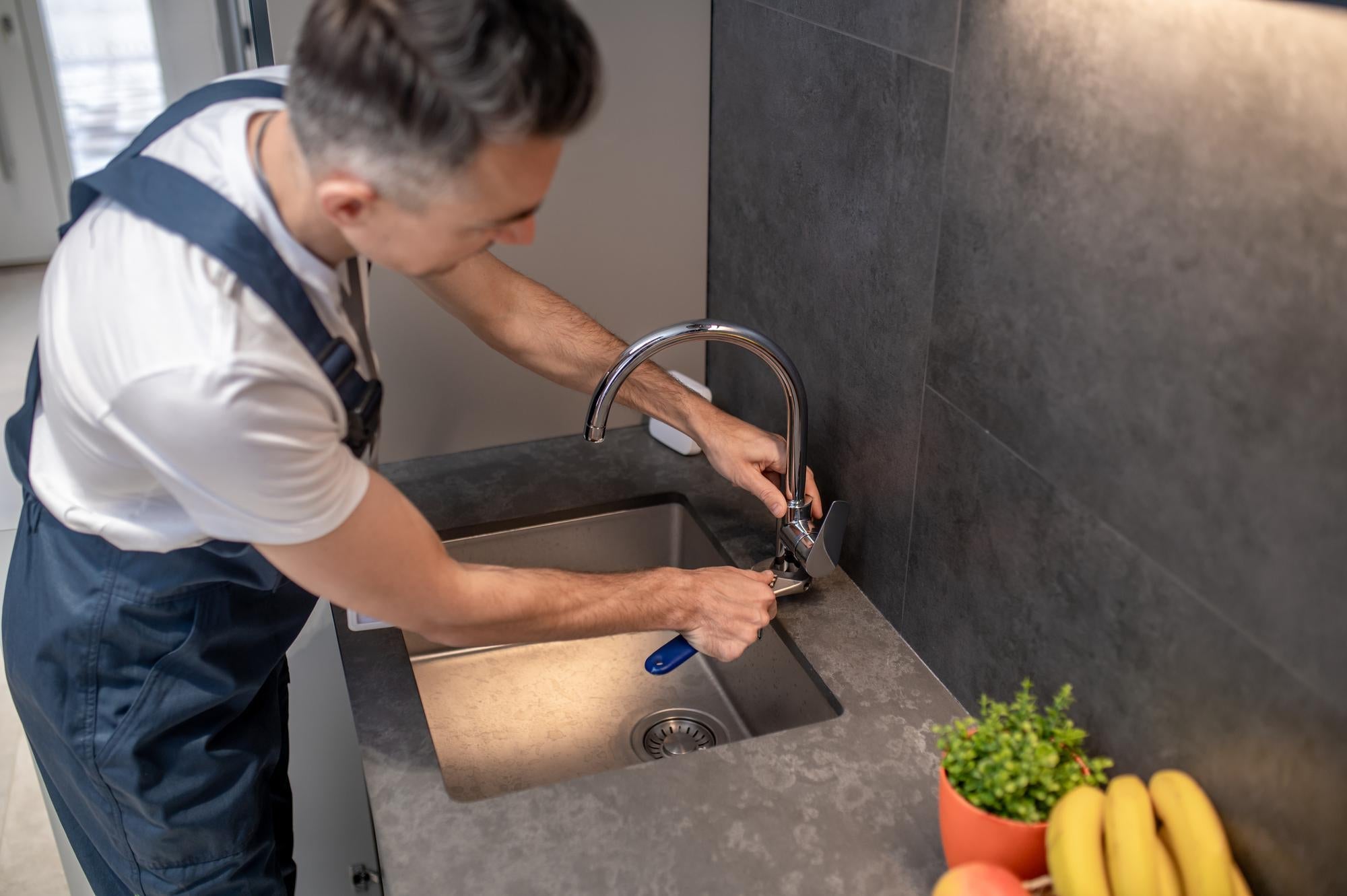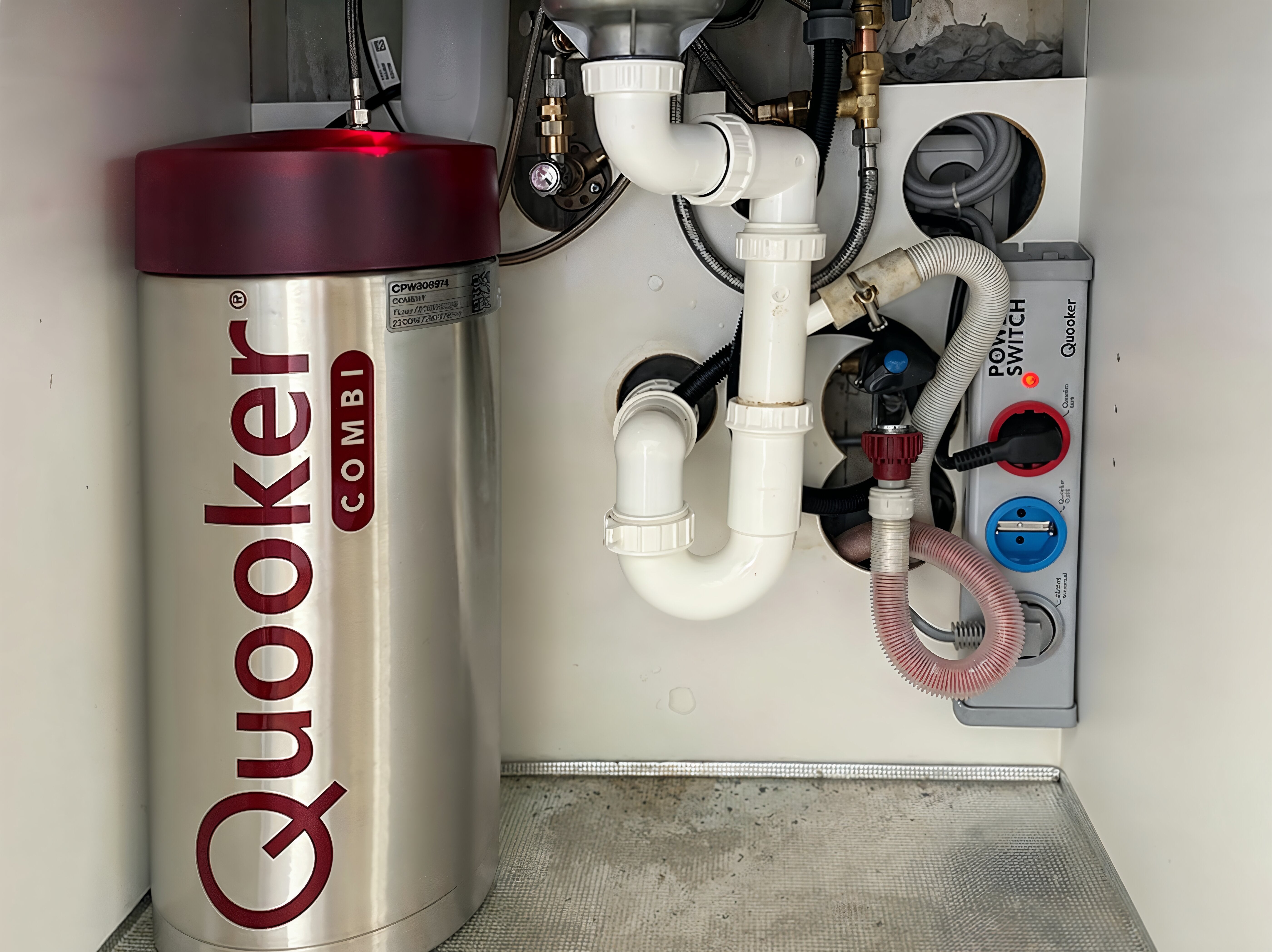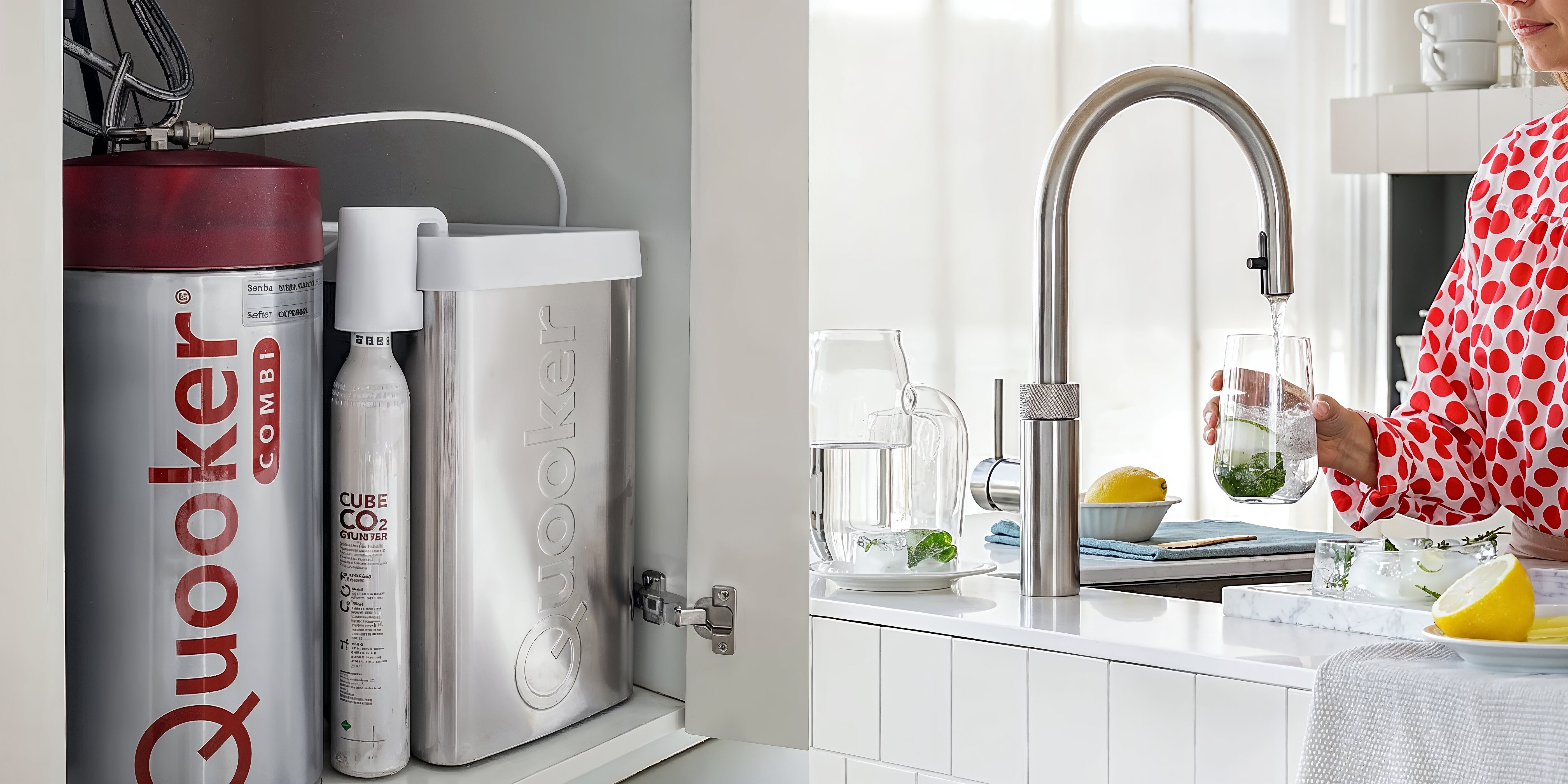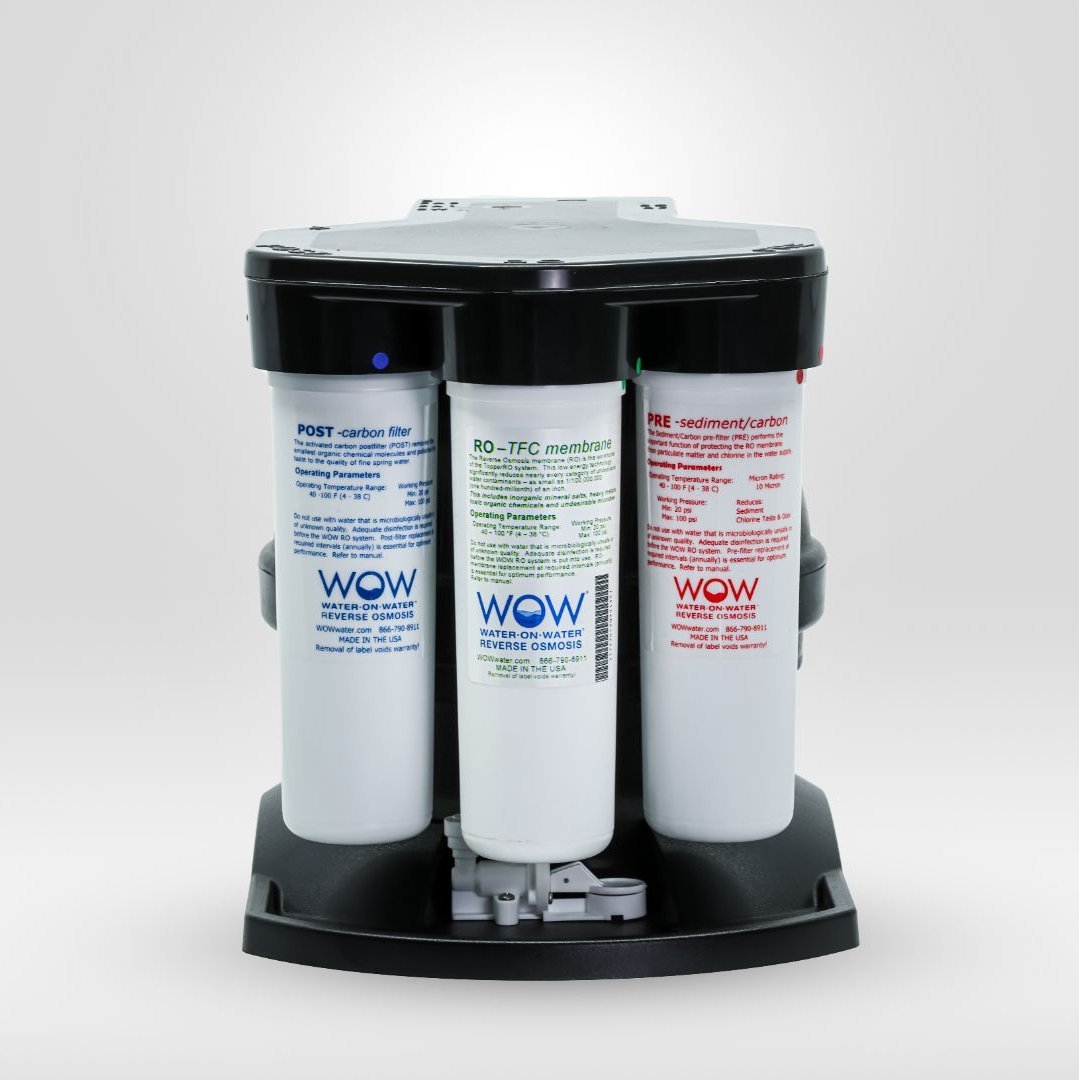Yes, industrial pollution can reach your drinking water through various routes, such as groundwater flows, surface water contamination, and atmospheric deposition. Although Dutch water companies employ strict purification processes, modern industrial contaminants such as PFAS, pharmaceutical residues, and microplastics can slip through standard water treatment. These substances pose a growing risk to drinking water quality, especially in areas near industrial activities.
What does industrial pollution mean for your tap water?
Industrial pollution encompasses a wide range of chemical waste , heavy metals, and microplastics that enter our water system through various pathways. These contaminants reach the water through direct discharges from factories, leaching from contaminated soils, and atmospheric deposition, where harmful substances enter groundwater and surface water via rainwater runoff.
The impact on tap water is significant. Chemical compounds such as solvents, pesticides, and industrial byproducts can remain in the environment for years. Heavy metals like lead, mercury, and cadmium accumulate in aquifers. Microplastics, originating from industrial processes and waste disposal, are now present in virtually all water samples.
These contaminants not only affect the taste and odor of water but also pose health risks. Long-term exposure to low concentrations of industrial substances can lead to various health problems, from hormonal disruptions to neurological effects.
How does industrial pollution enter the drinking water system?
Industrial pollutants follow multiple pathways into our drinking water. Dissolved chemicals spread underground over great distances via groundwater streams . This process can take years, meaning contamination only appears in water catchment areas much later. Surface water pollution occurs more directly when industrial wastewater enters rivers and lakes.
In the Netherlands, several industrial areas are located close to water extraction sites. Historical contamination from former factory sites remains in the soil for decades. During heavy rainfall, these substances leach into deeper groundwater layers. Outdated sewer systems and pipes pose an additional risk because they can leak or absorb chemicals.
The transport of pollution is accelerated by:
- Cracks in underground storage tanks
- Illegal discharges and calamities
- Infiltration via polluted rainwater
- Passage of contaminants through clay layers
Municipal wastewater treatment plants face the challenge of not originally being designed for modern industrial pollutants. New chemical compounds are being developed faster than treatment techniques can be adapted.
Which industrial substances pose the greatest risk to drinking water?
PFAS compounds top the list of industrial contaminants of concern. These "perpetual chemicals" do not break down in the environment and accumulate in the body. They are used in non-stick coatings, fire extinguishers, and water-repellent coatings. Recent research shows that PFAS is present in virtually all Dutch water samples.
Heavy metals constitute a second major category of hazardous substances:
- Lead : causes neurological damage, especially in children
- Mercury : affects the nervous system
- Cadmium : damages kidneys and bones
- Arsenic : increases risk of cancer
Pharmaceutical residues enter the water cycle via wastewater. Antibiotics, hormones, and painkillers are incompletely broken down in water treatment plants. Pesticides and herbicides from agriculture infiltrate through the soil into groundwater. Chemical solvents such as trichloroethylene and benzene, used in industry and dry cleaning, are carcinogenic and persistent in the environment.
These substances are difficult to remove because they:
- Resolved at the molecular level
- Be chemically stable
- Pass through conventional filters
- Bonding to piping materials
Why doesn't standard water purification remove all industrial substances?
Municipal water treatment plants primarily use physical filtration, chemical disinfection, and biological purification. These methods are effective against bacteria, viruses, and coarse particles, but fail when dealing with modern micropollutants. Molecules of pharmaceutical residues and PFAS are too small for standard filters and are not broken down by chlorine or UV treatment.
The limitations of conventional purification become apparent when:
- Dissolved chemicals smaller than 0.1 micrometer
- Substances that do not react with added chemicals
- Compounds resistant to biological degradation
- New synthetic substances for which no treatment exists
Advanced techniques like reverse osmosis filtration work at the molecular level. This technology forces pressurized water through a semipermeable membrane with pores as small as 0.0001 micrometers. Only water molecules pass through, while virtually all contaminants are retained. This explains why residential RO systems can remove up to 99% of industrial pollutants where municipal systems fail.
How do you protect your family from industrial water pollution?
The most effective protection against industrial water contamination starts at the source: your own tap. Advanced home water filtration systems using reverse osmosis technology offer the highest level of purification. These systems remove up to 99% of industrial contaminants, including PFAS, heavy metals, pharmaceutical residues, and microplastics.
A complete home water filter system consists of several filtration layers:
- Sediment filter for coarse particles
- Activated carbon filter for chlorine and organic substances
- RO membrane for molecular purification
- Remineralization filter for healthy minerals
When choosing a system, certification is crucial. Look for NSF/ANSI 58 certification, which specifically guarantees the removal of chemical contaminants. Regularly testing your water quality with TDS meters provides insight into the effectiveness of your filter system.
Additional protective measures include:
- Annual replacement of filters according to specifications
- Monitoring local water quality reports
- Additional point-of-use filters for specific risks
- Awareness of industrial activities in your region
Investing in home water purification is becoming increasingly important as industrial pollution increases and new chemicals are developed faster than regulations can keep up. With the right technology, you can bring your own water source into your home that protects your family from current and future threats from industrial water pollution.
